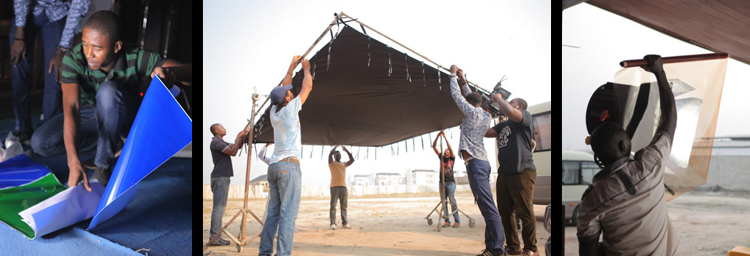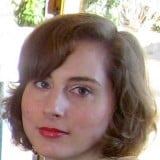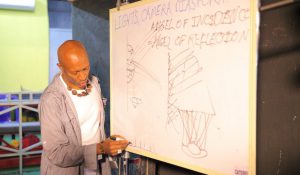 Christian Epps is a gaffer and lighting designer whose career covers more than two decades of experience in major motion pictures, broadcast television, commercials, music videos and special events. Christian is also founding CEO of Lights, Camera, Diaspora! (LCD), a non-profit social enterprise he established to “bridge the gap between the African & African-Diaspora entertainment industries by connecting artisans & technicians on the continent and in the Diaspora to expand the aesthetic quality of African media & live events.”
Christian Epps is a gaffer and lighting designer whose career covers more than two decades of experience in major motion pictures, broadcast television, commercials, music videos and special events. Christian is also founding CEO of Lights, Camera, Diaspora! (LCD), a non-profit social enterprise he established to “bridge the gap between the African & African-Diaspora entertainment industries by connecting artisans & technicians on the continent and in the Diaspora to expand the aesthetic quality of African media & live events.”
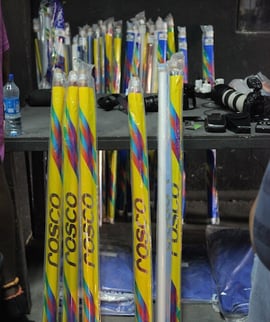 To accomplish that goal, LCD organizes workshops, courses and master classes that not only provide international, standardized training, but also access to high-quality equipment not normally accessible on the African continent. With this endeavor LCD works to help “increase the quantity and the quality of African content” as a vehicle to showcase “an authentic African voice”.
To accomplish that goal, LCD organizes workshops, courses and master classes that not only provide international, standardized training, but also access to high-quality equipment not normally accessible on the African continent. With this endeavor LCD works to help “increase the quantity and the quality of African content” as a vehicle to showcase “an authentic African voice”.
Rosco supported LCD and its mission to introduce professional filmmaking tools to Nollywood filmmakers by providing e-colour+ filters and Roscotex butterflies for a recent workshop in Lagos, Nigeria. The three-day lighting-intensive focused on basic film lighting techniques they could use to improve the imagery they capture for their films.
Day 1
The first day of the workshop involved re-creating the lighting setups Christian originally executed for two films he worked on as the gaffer: Selma and Ain’t Them Body Saints with cinematographer Bradford Young, ASC. Christian and his team simulated a living room set up to match a still shot from Selma. He used this setup to teach how intensity and color temperatures affect different skin tones as they worked with our diffusion and color correction filters to explain how to soften and warm up fluorescent lights.
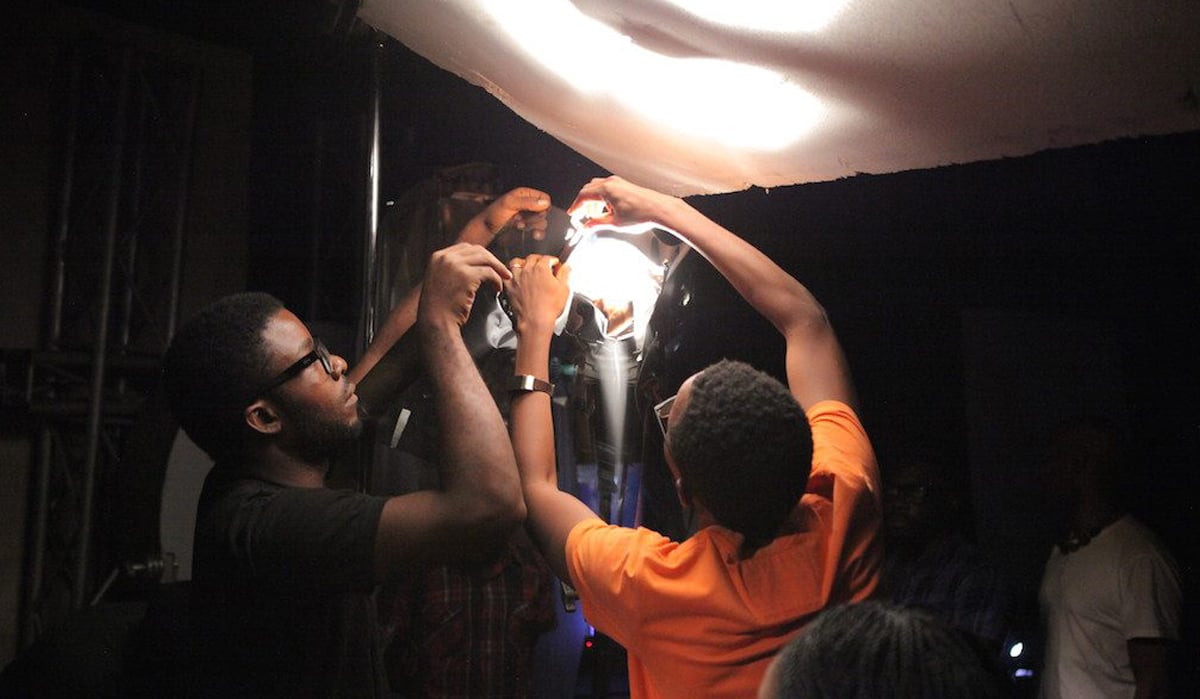
While re-creating scenes from Ain’t Them Body Saints, Christian discussed how to use different light sources and introduced backlighting techniques. They also talked about passive and active bounce surfaces as fill-light as they experimented with bead board and the e-colour+ Silver Reflectors. The participants also learned useful tips on how to light different skin tones and physiognomies in the same frame, which turned into an important discussion on how social conventions influence film lighting and the relationship between economic resources and audience expectations.
Day 2
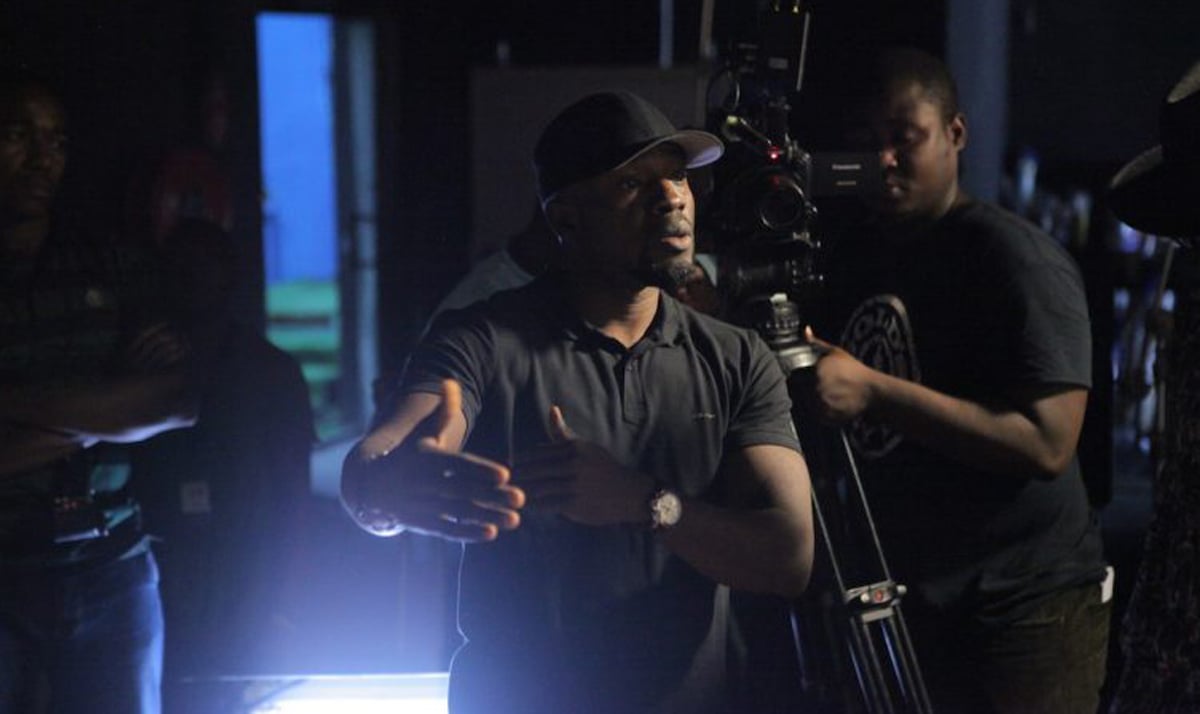
During the second day of the workshop, the participants were treated to a visit from Nigeria’s well-known cinematographer, Kunle “Nodash” Adejuyigbe who talked about how to use light to define character and drive the story. They also learned how to set their camera to the proper white balance settings so that they could balance their camera to the various light sources they’d find on location. This continued their color correction lesson from day one as they learned how to balance their lights to the white balance setting of their camera using the e-colour+ CTB’s, CTO’s, Plus Greens & Minus Greens.
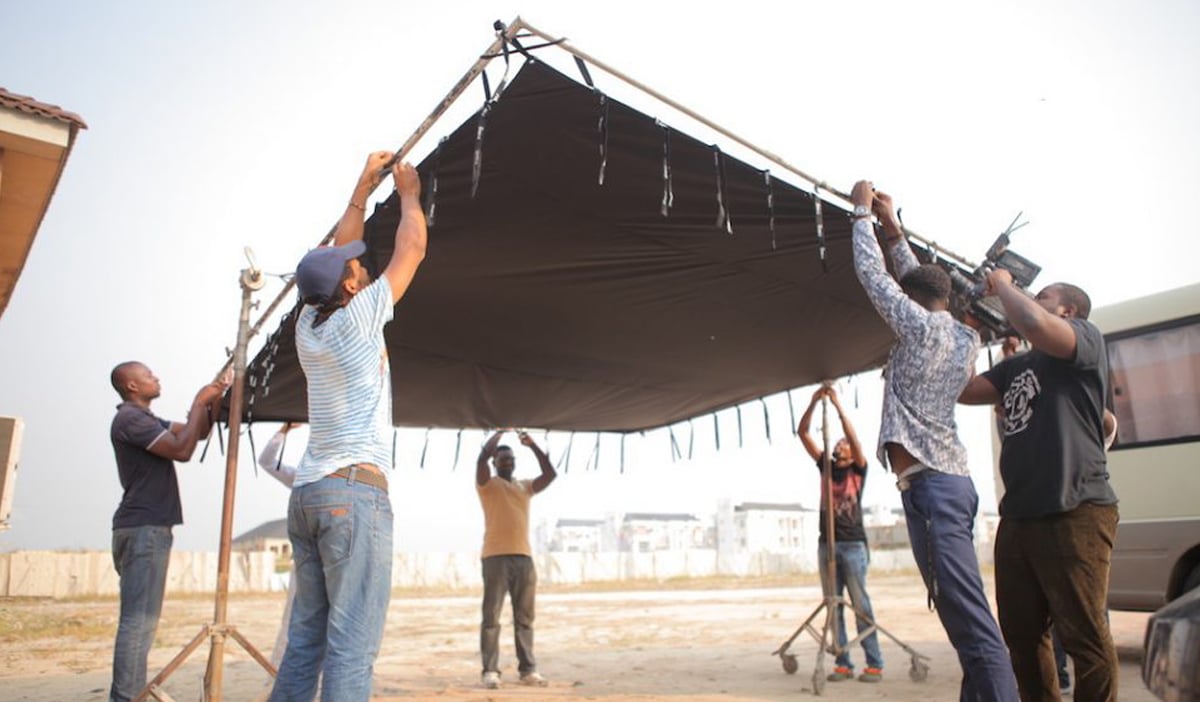
Christian also shared with his students a variety of useful Hollywood lighting techniques, including: book lights, floor skimmers, ceiling bounces and negative fill before they moved outside. Being that most Nollywood filmmakers employ the bountiful Nigerian sun as their primary light source, Christian made sure they learned several techniques for working in daylight conditions, such as bouncing and controlling the daylight for passive returns and negative fill – all of which, Christian illustrated with a Roscotex black/white Cinebounce butterfly.
Day 3
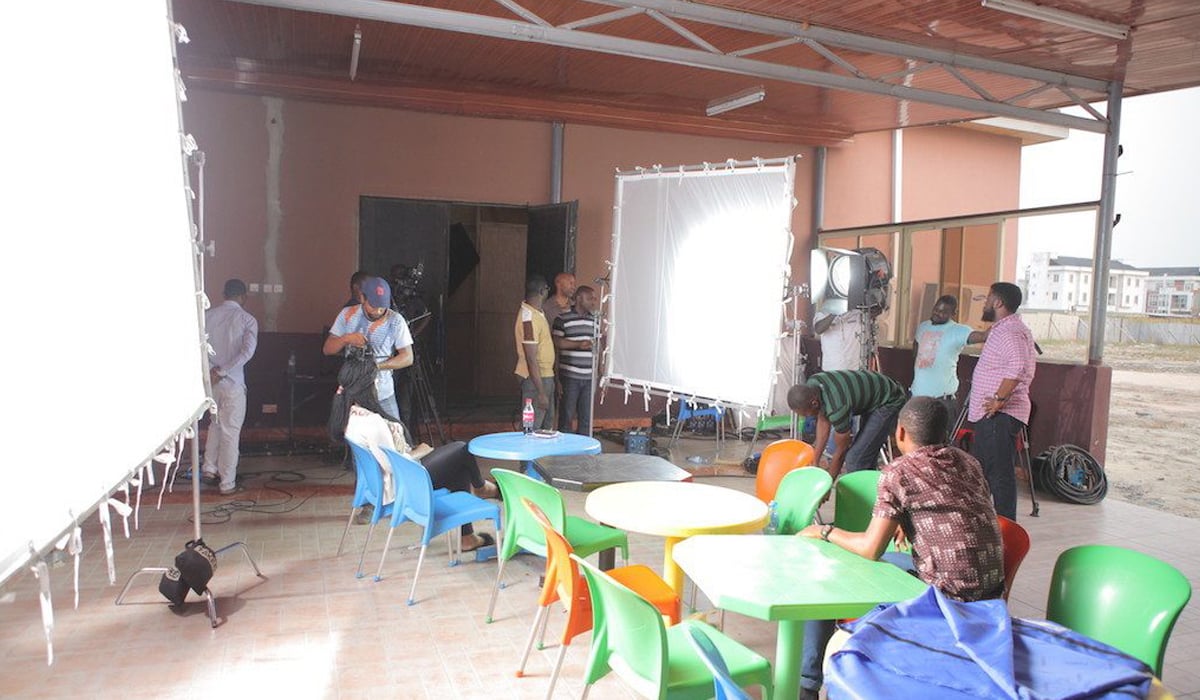
The final day of the workshop covered lighting techniques for both daytime and nighttime exterior locations. They set up an outdoor restaurant scene and used several different Roscotex butterflies to illustrate the effect of soft bounces and diffusions on natural daylight, as well as how to use nets as lighting control solutions.
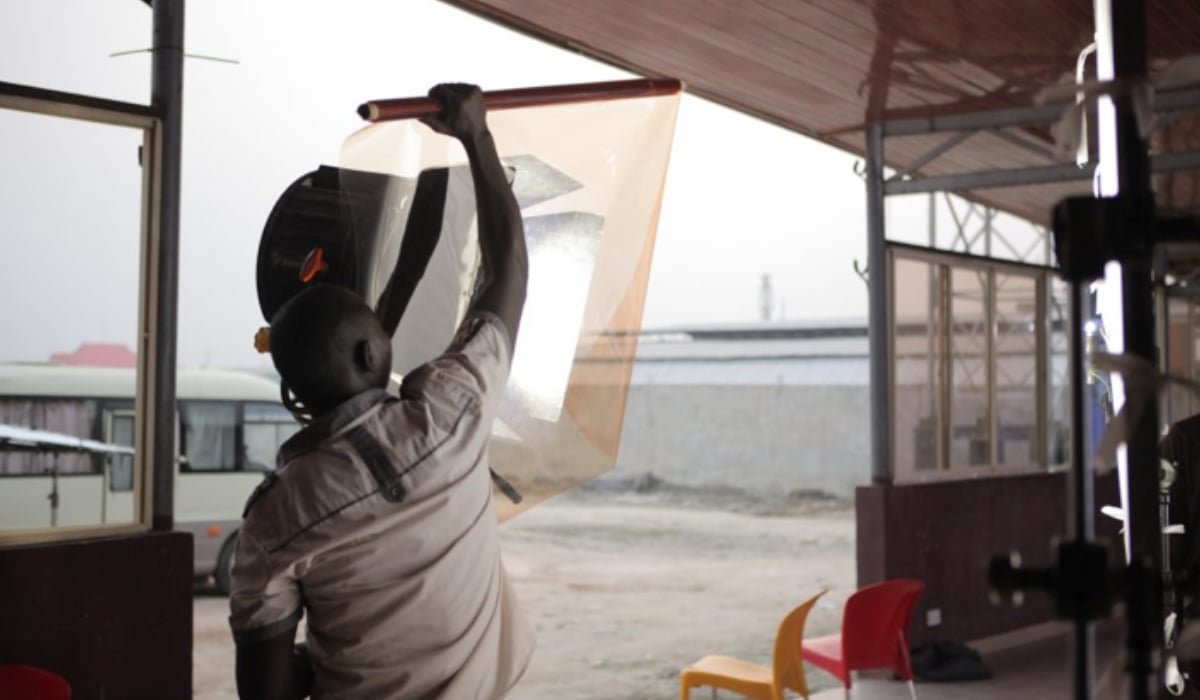
They also explored how to use artificial light to augment the natural daylight on set, and how varying the colour temperature of that additional light with our e-colour+ filters can create contrast in the scene.
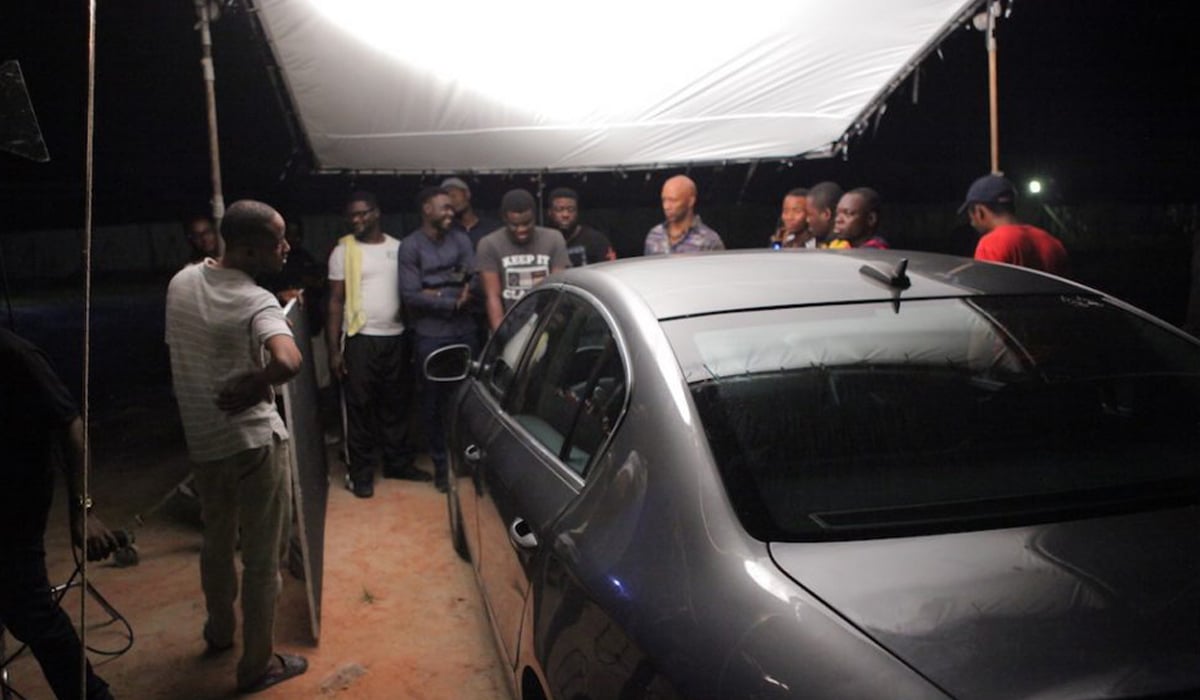 The final stage of the workshop involved making a short horror film to discuss how lighting can create mood in the film. They focused on shadow lighting, environmental lighting and car lighting using the Roscotex diffusion and bounce materials.
The final stage of the workshop involved making a short horror film to discuss how lighting can create mood in the film. They focused on shadow lighting, environmental lighting and car lighting using the Roscotex diffusion and bounce materials.
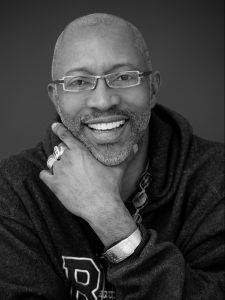 According to Christian, materials that require small amount of labour are of particular value in this region. By using Rosco products, the participants learned to control, shape and correct the light effectively and quickly. Rosco products, Christian said, also “made it look better”, supporting the LCD’s overall plan to help develop “a high quality African content”. Given the successful outcome of the workshop, Lights Camera Diaspora! is already organising their next camera and lighting workshop in Lagos. To learn more about LCD’s mission and training visit lightscameradiaspora.org.
According to Christian, materials that require small amount of labour are of particular value in this region. By using Rosco products, the participants learned to control, shape and correct the light effectively and quickly. Rosco products, Christian said, also “made it look better”, supporting the LCD’s overall plan to help develop “a high quality African content”. Given the successful outcome of the workshop, Lights Camera Diaspora! is already organising their next camera and lighting workshop in Lagos. To learn more about LCD’s mission and training visit lightscameradiaspora.org.
For more information about the products Christian used in this workshop explore the Rosco e-colour+ filters and Roscotex butterflies product pages.
Photo Credit: Michael Oga
Save
Save
Save
Save
Save
Save
Save
Save
Save

